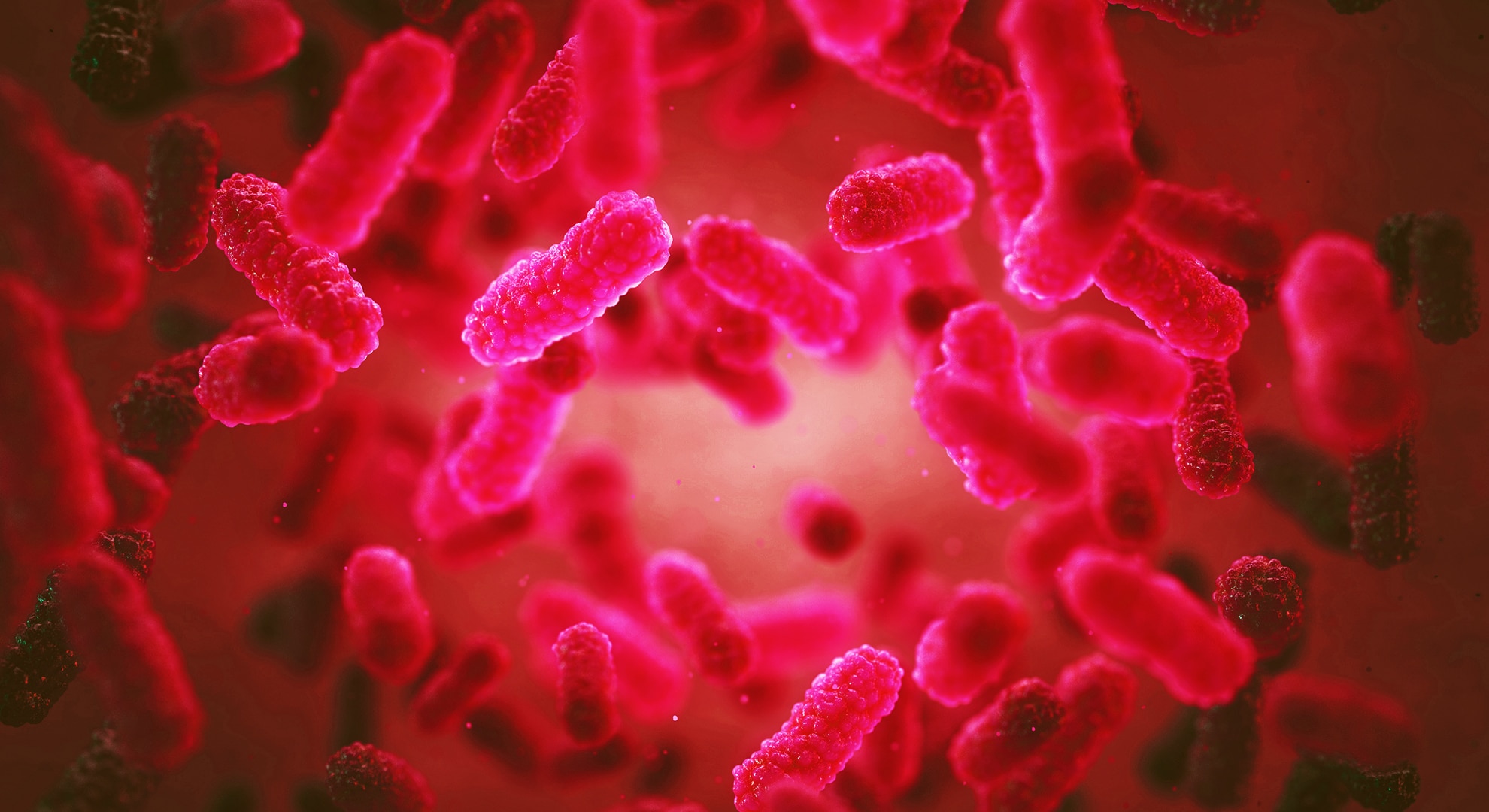New group of antibiotics identified
Facilitated by the SciLifeLab Chemical Biology Consortium Sweden (CBCS), researchers from Karolinska Institutet, Umeå University, and the University of Bonn, have identified a new group of molecules, exhibiting antibacterial properties against many antibiotic-resistant bacteria. Since the molecules can easily be modified, the hope is to develop new antibiotics with a minimal amount of side effects.
The ever increasing antibiotic resistance is one of the greatest threats to humanity, and every year, hundreds of thousands of people die from resistant bacterial infection, worldwide. Despite this, alarmingly few new types of antibiotics have been developed over the past 50 years. The demand for new antibacterial compounds are therefore dire.
The majority of all clinically used antibiotics, like penicillin, work by inhibiting bacteria from building protective cell walls, which causes the bacteria to break apart (cell lysis). More advanced antibiotics, like daptomycin or the recently discovered teixobactin, binds to a specific lipid, lipid II, which is a vital building block in bacterial cell walls. The problem, however, is that these antibiotics are very large molecules, which makes them tricky to modify and also quite ineffective against certain types of bacteria that are surrounded by an additional protective layer, which effectively blocks their penetration due to their size.
“Lipid II is a very attractive target for new antibiotics. We have identified the first small antibacterial compounds that work by binding to this lipid molecule, and in our study, we found no resistant bacterial mutants, which is very promising,” says co-corresponding author Birgitta Henriques Normark (KI), in a press release from Umeå University.
In a recent study, published in the scientific journal PNAS, researchers from Karolinska Institutet and Umeå University, have investigated a large number of chemical compounds and rated their ability to lyse pneumococci, the most common cause of community-acquired pneumonia. The screening took place at the SciLifeLab Chemical Biology Consortium Sweden (CBCS), and active compounds were selected for further testing.
“At the CBCS Umeå, a chemical library of 17500 small molecules were screened in a Streptococcus pneumoniae whole-cell assay. We set up an assay that used the induction of pneumococcus autolysis to score for compounds with potential cell wall synthesis inhibition. We were able to identify three hit compounds from the screen that were selected for further testing. The findings in this project is an excellent example of the power of small molecule screening and dedicated, strong down-stream research“, says Stina Berglund Fick, former Head of the CBCS unit in Umeå
Together with researchers from the University of Bonn, Germany, the team focused on a very interesting group of molecules called THCZ. THCZ has the ability to inhibit bacterial cell wall formation by binding to lipid II but in addition, could also inhibit the formation of “the sugar capsule”, used by pneumococci to escape our immune system and to cause disease.
“The advantage of small molecules like these is that they are more easy to change chemically. We hope to be able to change THCZ so that the antibacterial effect increases and any negative effects on human cells decrease,” says co-corresponding author Fredrik Almqvist (UmU).





